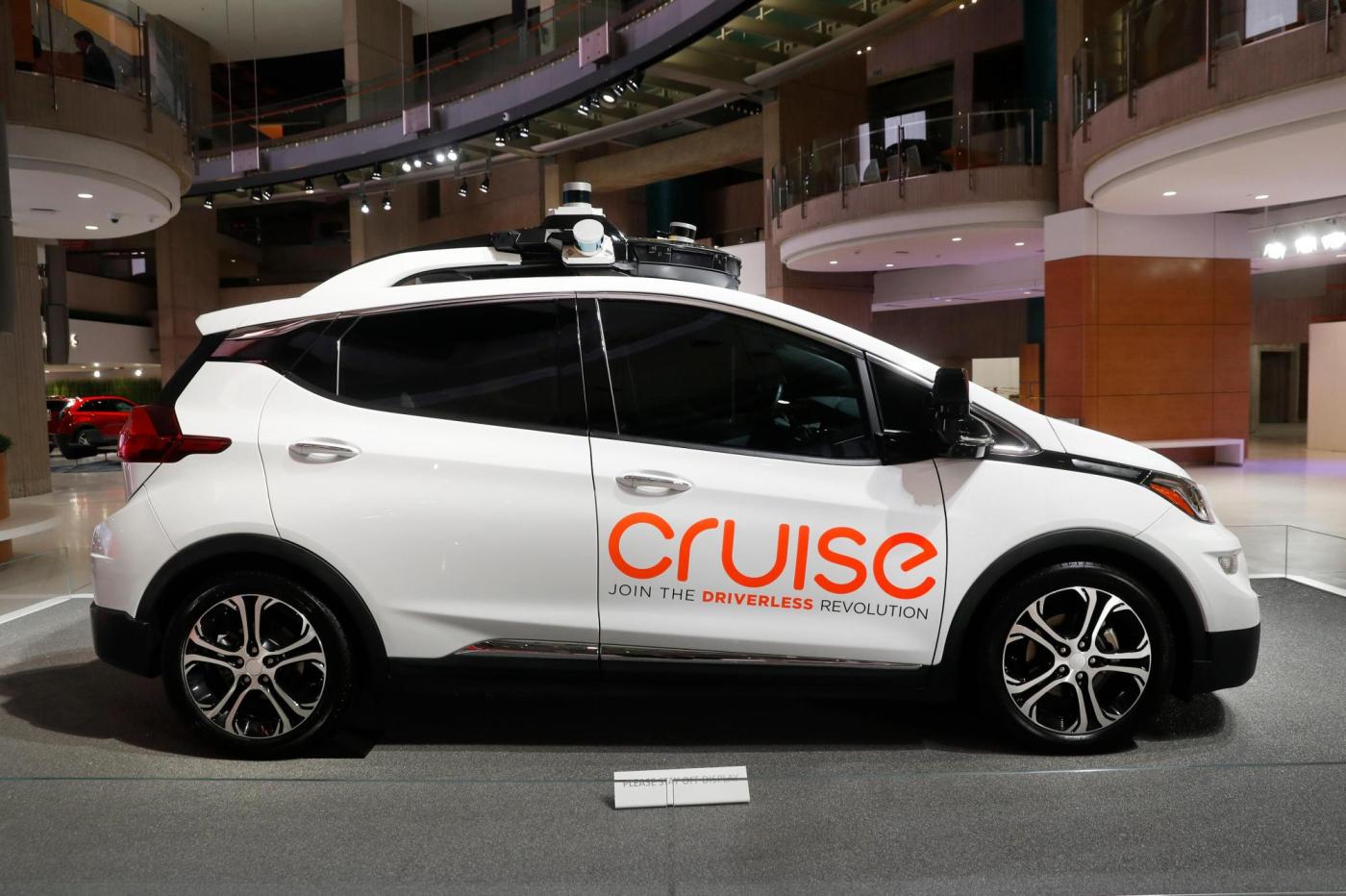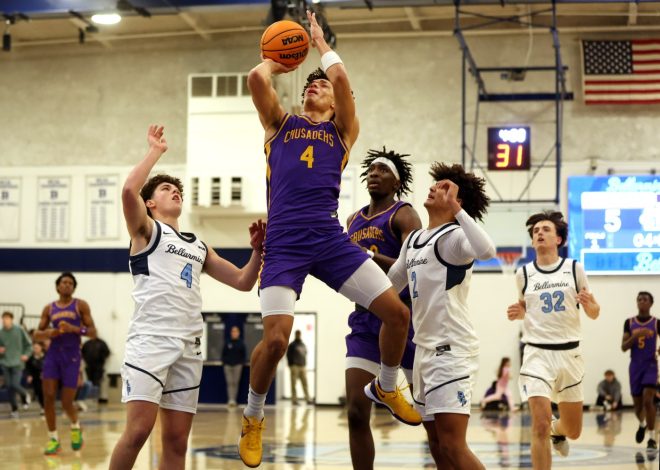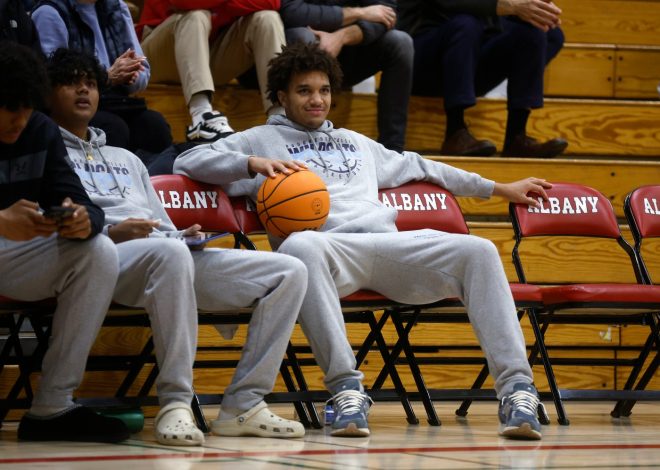
Cruise fined $1.5 million by federal safety regulators for failing to report robotaxi crash details
The autonomous vehicle company Cruise has been ordered to pay a $1.5 million fine for failing to properly report post-crash details involving a woman who last year was dragged 20 feet and badly injured in San Francisco by one of its self-driving cars.
The National Highway Traffic Safety Administration (NHTSA) on Monday announced the order, which also requires Cruise to submit a “corrective action plan” on how it will improve compliance.
“It is vitally important for companies developing automated driving systems to prioritize safety and transparency from the start,” NHTSA Deputy Administrator Sophie Shulman said in a statement. “NHTSA is using its enforcement authority to ensure operators and manufacturers comply with all legal obligations and work to protect all road users.”
Cruise, a subsidiary of General Motors, did not immediately return emails seeking comment on the fine. But Cruise Chief Safety Officer Steve Kenner told Reuters that the agreement with the agency “is a step forward in a new chapter for Cruise, building on our progress under new leadership, improved processes and culture, and a firm commitment to greater transparency with our regulators.”
Last October, a woman was crossing a downtown San Francisco street when she was struck by a human-driven vehicle before landing in front of a Cruise robotaxi. The taxi braked hard but ran over the woman. It then tried to pull over but continued driving about 7 mph for 20 feet with the woman still under the car. The woman was hospitalized with life-threatening injuries and later received a multi-million settlement with General Motors.
Shortly after, California regulators suspended Cruise’s driverless testing permit. The company then grounded its driverless cars nationwide. Former Chief Executive Officer Kyle Vogt resigned, nine executives were terminated and about a quarter of the workforce was let go.
The cars have also been accused of blocking emergency response vehicles and snarling traffic.
The NHTSA said all crash reports must include pre-crash, crash, and post-crash details. The agency discovered Cruise had omitted details from its crash reports after reviewing video it requested from Cruise about the dragging incident.
Under the two-year order with the NHTSA, Cruise must report the scope of its operations, including the vehicle miles traveled during a certain time period, the number of Cruise vehicles operating, and whether or not those vehicles are operating without a driver.
Related Articles
Waymo self-driving car interrupts Vice President Harris’ motorcade in San Francisco
Electrical issue caused BART to close down one of its travel lines during part of morning commute
Me & My Car: 1969 Chevrolet Camaro convertible in East Bay is a pace setter
New emergency access road in Los Gatos would serve high school, housing
Prop 5 would make it easier to pass Bay Area spending bills for housing, transit
Cruise will also be required to summarize software updates expected to impact driving systems and report citations and observed violations of traffic laws. Additionally, the company must report benchmarks and metrics used to measure the safety of its driving systems.
In June, Cruise resumed human-controlled driving in Phoenix, Dallas and Houston with the goal of creating maps and collecting road information as it looks to possibly resume self-driving operations down the line. Supervised driving is also underway in Phoenix and Dallas
Cruise is also facing ongoing investigations by the Justice Department and the Securities and Exchange Commission over the collision.


